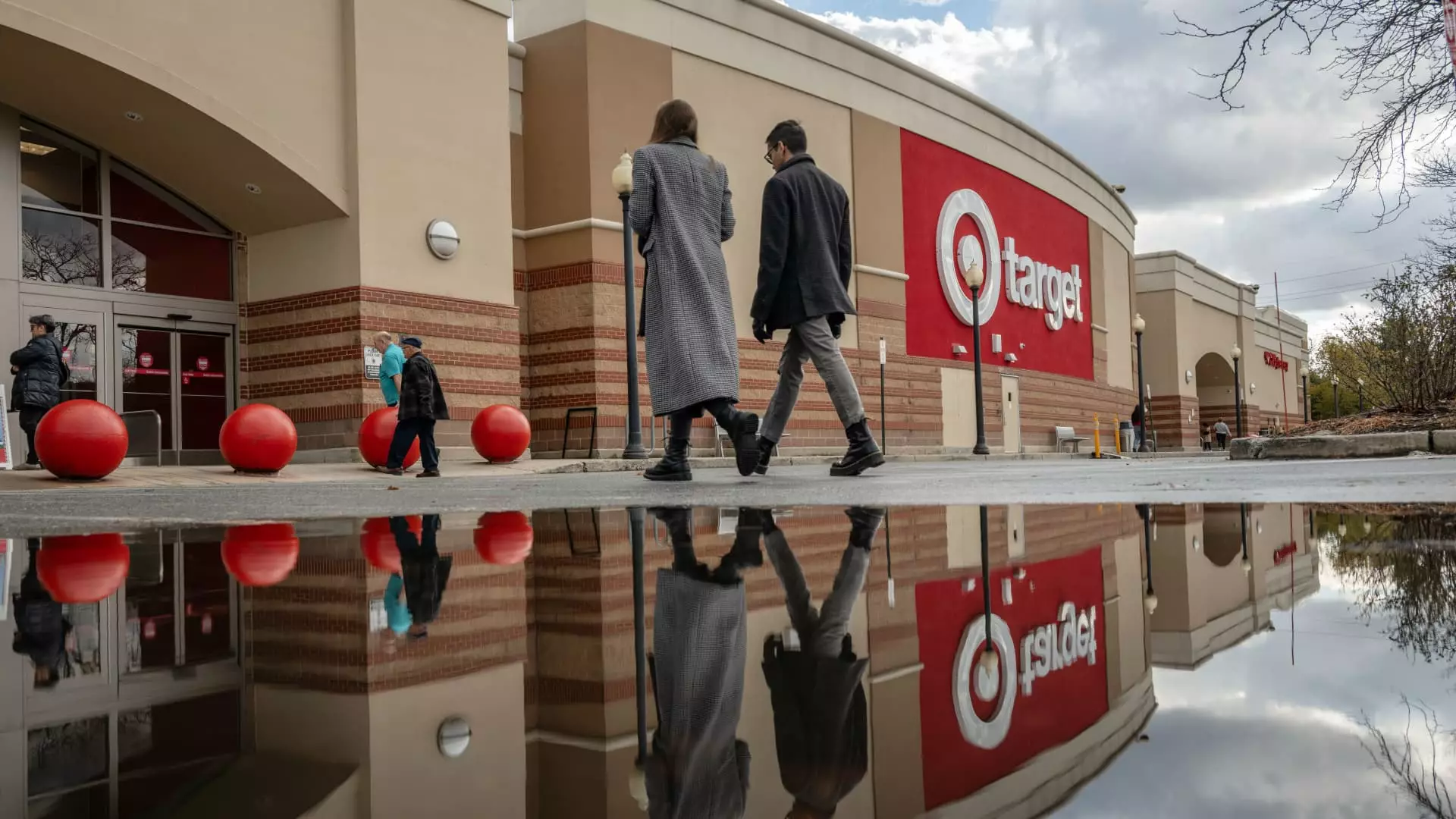As the festive season approaches, retailers find themselves at a crossroads, with hopes of enticing discerning shoppers amid fluctuating consumer behavior. The backdrop of sustained inflation has reshaped spending habits, leading customers to recalibrate their purchasing priorities. This year’s holiday season presents a mixed bag of fortunes for retailers, with some brands flourishing while others falter.
The prolonged inflationary environment in the U.S. has transformed the consumer landscape. Rising prices on essentials such as groceries and housing have prompted shoppers to adopt a more selective approach to discretionary purchases. Despite a slight easing in inflation, consumers remain cautious with their spending, often prioritizing needs over wants. Retail experts suggest that the divide between successful and struggling retailers has become increasingly pronounced as customers sift through their options to maximize value.
Neil Saunders, managing director at GlobalData Retail, emphasizes the ongoing trend where customers are making fewer purchases but opting for items with greater significance. Instead of picking up multiple items, consumers may choose to buy just the essentials, narrowing their focus to brands they trust. This behavior has placed pressure on retailers perceived as weaker, pushing consumers to seek out alternatives that align with their purchasing criteria.
As various retailers unveil their third-quarter earnings, a stark contrast emerges between those witnessing sales growth and those grappling with disappointing results. Walmart, known for its vast selection and competitive pricing, has reported a notable uptick in general merchandise sales, indicating a positive shift in consumer confidence. The company’s ability to offer a broader range of items through its third-party marketplace appears to have contributed to its strength in the current market environment.
Conversely, brands like Target and Kohl’s have faced challenges, reporting lackluster sales forecasts ahead of the critical shopping season. Kohl’s even announced a change in leadership, illustrating the urgency to revitalize its approach as the holiday rush approaches. Target has attempted to capture consumer attention through exclusive collaborations and price cuts but has also tempered its expectations for sales growth, signaling the complex dynamics at play.
One of the most notable shifts this season is the growing demand for meaningful gifts over frivolous purchases. Retail analysts indicate that consumers are increasingly leaning towards items that offer utility and relevance. The desire for experiences rather than material goods is reshaping expectations surrounding gift-giving, especially among younger demographics. This has prompted retailers to reevaluate their offerings, focusing on products that cater to the need for practicality rather than novelty.
Amid this landscape, retailers are exploring ways to present value propositions to consumers. The emphasis on quality and meaningful connections in product offerings is more pronounced than ever as customers navigate their spending choices carefully. Gifts must not only satisfy the holiday spirit but also resonate with personal significance, thereby encouraging thoughtful purchasing behavior.
As retailers gear up for the holiday rush, inventory management poses another critical hurdle. Some companies may have misjudged demand or overestimated consumer interest in specific products. Reports of excess clothing and gadgets such as kitchen appliances at retailers like Kohl’s raise concerns regarding sell-through rates as foot traffic dwindles. The fear of excess inventory could lead to aggressive discounting strategies post-holiday if products fail to find buyers during the peak shopping days.
Marshal Cohen, chief retail advisor at Circana, notes that having the right mix of products, paired with appealing pricing structures, will be a defining factor for success this season. Retailers are not only competing on price but also on the perceived value of their offerings. A failure to create a compelling narrative around the uniqueness and quality of products may result in lackluster sales outcomes.
To navigate these challenging waters, retailers must adopt adaptive strategies that address changing consumer priorities. Fostering authentic connections with shoppers through personalized experiences will be essential. Emphasizing quality over quantity and promoting items that resonate on a deeper level can set brands apart in a saturated market.
Moreover, retailers should leverage data insights to refine their inventory approaches, ensuring they stock items that align with consumer sentiment. Continuous monitoring of shopping trends and agile adjustments to merchandising plans can mitigate risks associated with overstocking and markdowns.
As the holiday season unfolds, the dichotomy between retailers that thrive and those that struggle will likely become more apparent. Understanding consumer behavior in an increasingly selective marketplace will be key to harnessing this pivotal retail period. In a landscape defined by cautious spending and evolving preferences, the pursuit of value-driven offerings will determine which brands succeed in capturing the hearts and wallets of shoppers.

